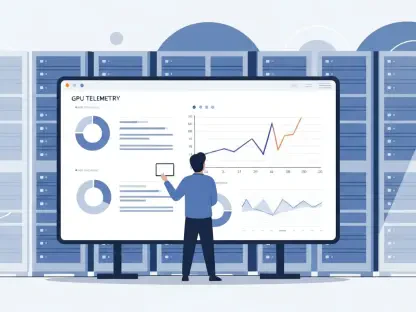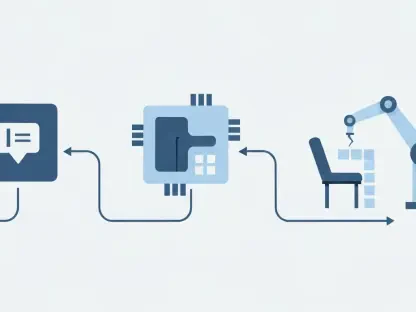The landscape of various industries is rapidly changing due to technological advancements, particularly automation and artificial intelligence (AI), which are revolutionizing the way we work and produce goods and services. As automation increases efficiency and productivity, it simultaneously raises concerns about job displacement and the necessity of reskilling workers to fit into new roles. While there is a legitimate worry about certain jobs becoming obsolete, it’s important to recognize that these technological advances also create new opportunities that require a different set of skills. The future looks increasingly like a hybrid workforce where human and machine capabilities complement one another.
Acknowledging both the potential benefits and the challenges that automation presents is crucial for successfully navigating this transition. Proactive measures in education and training are essential for preparing the workforce to meet the demands of the evolving job market. By carefully managing and strategically planning for these technological shifts, companies and educators can work together to harness the advantages of automation while mitigating its disruptive effects on employment. It is through such collaborative efforts that society can achieve a balance, maximizing efficiency and productivity while ensuring workforce resilience.









